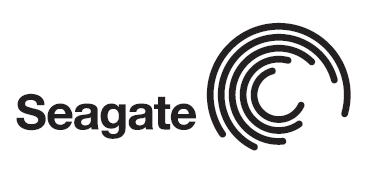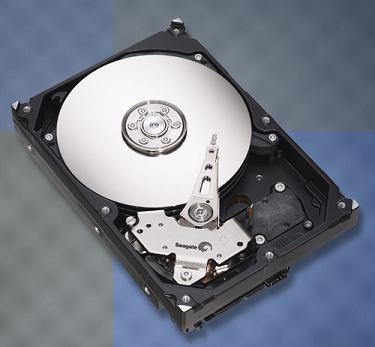Seagate Barracuda 7200.8: 400GBs with NCQ
by Purav Sanghani on April 20, 2005 4:30 PM EST- Posted in
- Storage
Introduction
Though the technology seems fairly new to many of us end users, command queuing has been around for years. The idea of reordering the list of requests given to the hard disk drive was first introduced in the SCSI-2 standard and implemented in SCSI drives in the mid-90's. So, why has the technology only just now been given any sort of exposure to the mainstream computer market? Well, most importantly because it has been only recently implemented in consumer class desktop drives.For the last few years, we have been hearing about more and more multithreading technologies like Intel's HyperThreading CPUs and even more recently, Intel and AMD's dual-core architecture. We've been multitasking since the release of Windows 95 and with Moore's Law comes a need for faster technology, and the bottleneck always seems to be the hard disk storage device.
Seagate Technologies has been a major player in the storage device game for quite some time and have also just entered the command queuing game as Maxtor did last year with its MaXLine III series hard drives with Native Command Queuing. Like Maxtor, Seagate has been able to design a native SATA drive with Native Command Queuing, while also increasing the drive's capacity to 400GB with its 7200.8 line, which is 33% larger than Maxtor's largest drives (300GB).

When we first received our test units from Seagate, we noticed that the two drives had different controller chip/memory combinations on them (Agere/Samsung, STMicroelectronics/EtronTech). Seagate explained to us that they used various suppliers for their controller chips and that even though the chips are from different manufacturers, the drives are designed from the same specifications.

Let's dig a little deeper into Native Command Queuing...
Special thanks to NewEgg.com for providing us with the products for this review.










44 Comments
View All Comments
PuravSanghani - Wednesday, April 20, 2005 - link
mjz5: With our nForce4 platform there is an option under the drive controllers options tab called "Enable command queuing". By checking this option and restarting the system, command queuing will be enabled. Some boards, however, enable NCQ/TCQ by default through the BIOS. You may want to check with your motherboard manual on that.Take care,
Purav
mjz5 - Wednesday, April 20, 2005 - link
Nighteye2 has a good question. How does NCQ work with RAID arrays? Is it better, worse???How would I know if TCQ is enabled on my 74 raptor?
xsilver - Wednesday, April 20, 2005 - link
#21 LOL --- you wouldnt want that space anyways even if it was there.... its cant be guaranteed reliable so would you trust 100gb's of your drive that could die at any moment???quorm - Wednesday, April 20, 2005 - link
I have one of the 300gb 7200.8 drives. It's mentioned in the article that all of the 7200.8 drives use a 3x133gb platter configuration. I was wondering if there is any hack to allow access to the remaining 100gb of disk space. Anyone?AtaStrumf - Wednesday, April 20, 2005 - link
Hey, where did all the WD drives (apart from Raptor obviously) go??? I can get a 200 GB PATA model pretty cheap, so I'm seriously considering it. Any advice anyone?n7 - Wednesday, April 20, 2005 - link
Thanx for the review guys :)flatblastard: I'd agree.
The Raptors may not win all the benches, but i find they feel so much snappier than my other 7200RPM drives.
I certainly wouldn't mind adding a 400 Gb Seagate to my collection though :)
bob661 - Wednesday, April 20, 2005 - link
Can you guys post a UT2004 for load time graph please.flatblastard - Wednesday, April 20, 2005 - link
I'm using the raptor for my OS, and the 250GB seagate 7200.8 for everything else. I really can't tell which one is faster at loading games...but the raptor is MUCH quicker loading anything else.Icehawk - Wednesday, April 20, 2005 - link
Where were the heavier real-world multi-tasking tests like in the Intel DC previews? In those articles it appeared that NCQ offered some performance boost in heavy I/O situations - here it seems to offer zero benefit.Houdani - Wednesday, April 20, 2005 - link
I dunno. Neither the Seagate nor the Maxtor NCQ drive really impressed me. They didn't stand out from the peleton. For most performance needs, I'd have to give the yellow jersey to the Raptor, although the idle heat is a noteworthy ding.For extra capacity one of the larger models would be prudent, but for a primary drive the Raptor is fairly impressive.